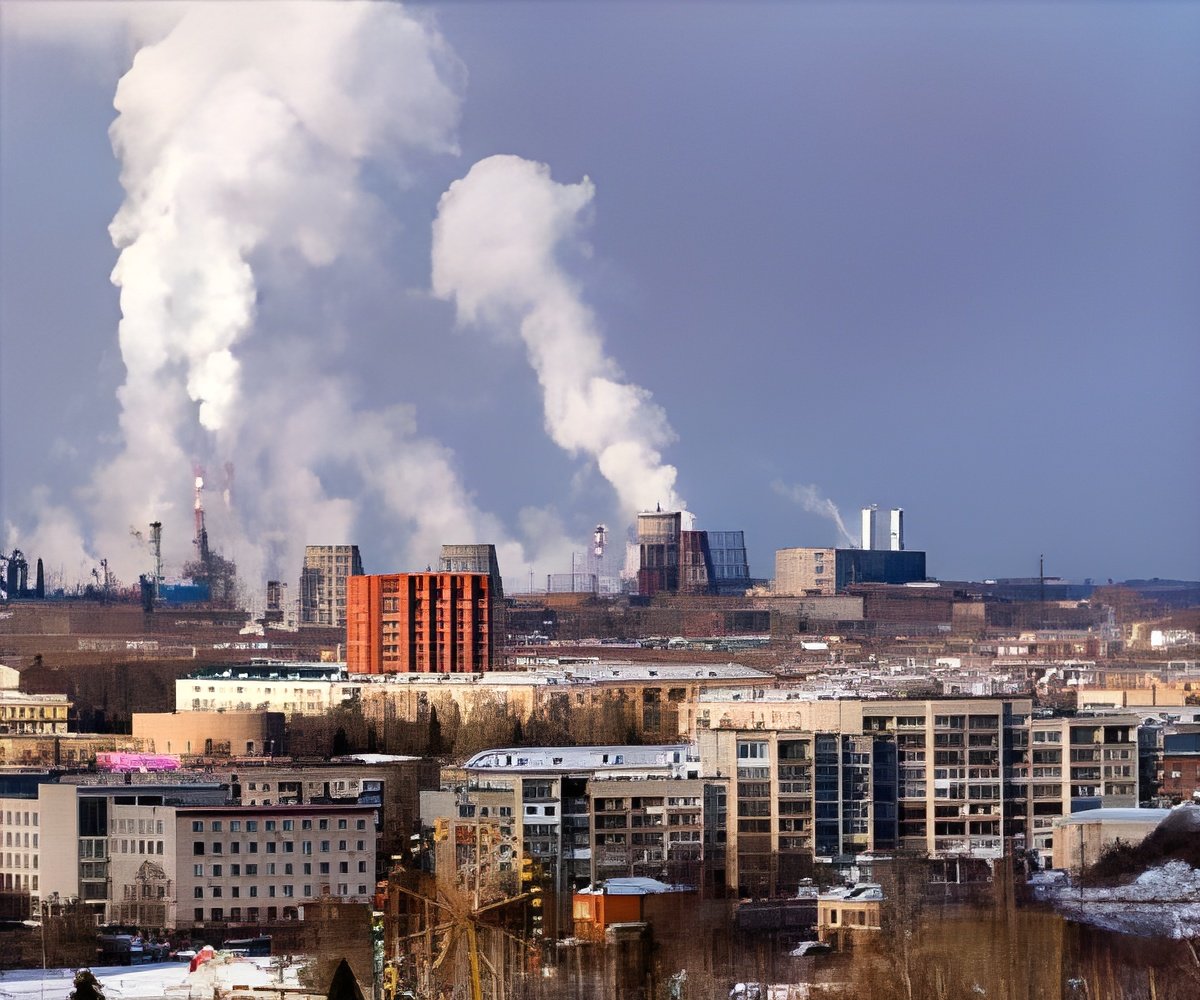
Additive effects of 10-year exposures to PM2.5 and NO2 and primary cancer incidence in American older adults
Go to source). The researchers also found that even low levels of air pollution exposure may make people particularly susceptible to developing these cancers, in addition to breast and endometrial cancers.
Air Pollution: A Significant Risk Factor for Specific Cancers
“Our findings uncover the biological plausibility of air pollution as a crucial risk factor in the development of specific cancers, bringing us one step closer to understanding the impact of air pollution on human health,” said Yaguang Wei, research fellow in the Department of Environmental Health. “To ensure equitable access to clean air for all populations, we must fully define the effects of air pollution and then work towards reducing it.”‘Long-term exposure to PM2.5 and NO2 was linked to an increased risk of colorectal and prostate cancers, but there was no observed association with endometrial cancer risk. #airpollution’
Tweet it Now
The study was published online in Environmental Epidemiology. While air pollution has been established as a risk factor for lung cancer, and a link to breast cancer risk has been emerging, few studies have looked at its effects on prostate, colorectal, and endometrial cancer risk.
Researchers analyzed data from national Medicare beneficiaries aged 65 or older, collected from 2000 to 2016. All subjects were cancer-free for at least the initial 10 years of the study period. The researchers created separate cohorts for each type of cancer—breast, colorectal, endometrial, and prostate—with between 2.2 million and 6.5 million subjects in each cohort. Separate analyses looked at cancer risk under the impacts of air pollutants for various subgroups by factors including age, sex (for colorectal cancer only), race/ethnicity, average BMI, and socioeconomic status.
Drawing from a variety of air pollution data sources, the researchers developed a predictive map of PM2.5 and NO2 concentrations across the contiguous U.S. This was then linked to beneficiaries’ residential ZIP codes to enable the researchers to estimate individual exposures over a 10-year period.
For breast cancer, NO2 exposure was associated with a decreased risk, while the association for PM2.5 was inconclusive. The researchers suggested that the mixed associations may be due to variations in the chemical composition of PM2.5, which is a complex mixture of solid and liquid particles.
Advertisement
The researchers noted that even communities with seemingly clean air were not immune to cancer risk. They found substantial associations between exposure to the two pollutants and the risks of all four cancers even at pollution levels below newly updated World Health Organization guidelines (which are lower than current U.S. standards).
Advertisement
Reference:
- Additive effects of 10-year exposures to PM2.5 and NO2 and primary cancer incidence in American older adults - (https://journals.lww.com/environepidem/Fulltext/2023/08000/Additive_effects_of_10_year_exposures_to_PM2_5_and.12.aspx)











